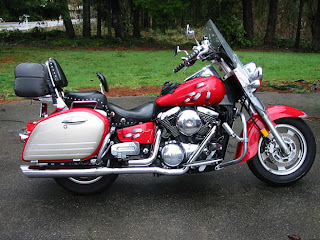-TECH TIPS-
Miscellaneous reminders for the changing weather:
- Activators (hardeners) for clear, primer, paint, etc. will not activate below 55°/65° temperature. This depends on the product. Check the tech sheet. Keep the shop and the car at this temperature or above.
- Large up or down swings in temperature cause condensation, make sure your water filters are working properly and if you haven’t checked your dessicant or filters in a while you may want to do this.
- When selecting your reducer and activators choose the one for the appropriate temperature at the time you will be spraying, to avoid drying too fast or too slow.
If you need more technical assistance on other paint issues check out our blog at http://www.66autocolor.blogspot.com
























